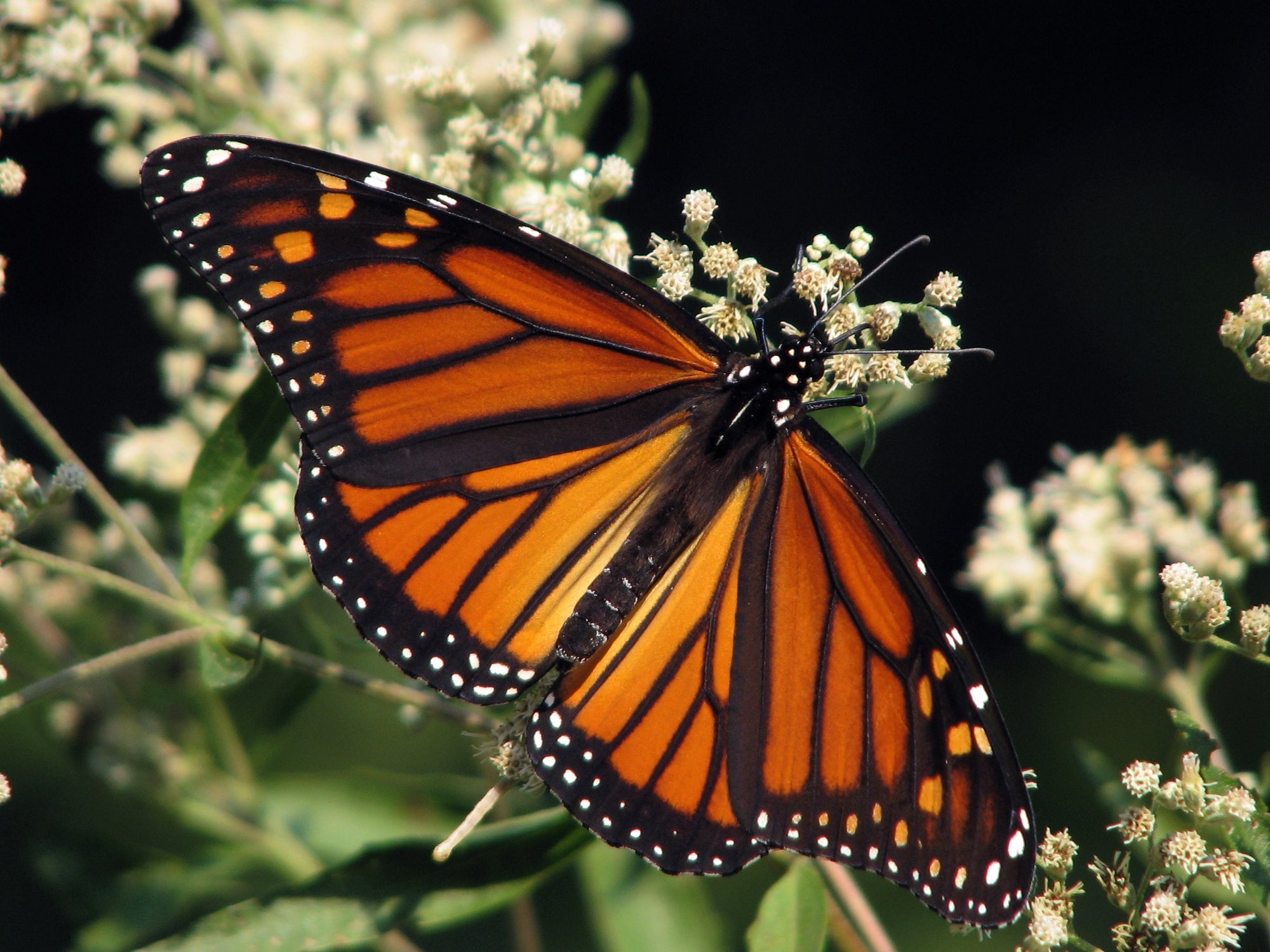Fighting on Behalf of the Species We Know and Love
There are many reasons that people connect with biodiversity. Here are mine.
When I first saw the listing to lead communications for Earthjustice’s Biodiversity Defense Program, I knew this was the job for me. The prospect of working each day to protect the species I know and love was a dream come true. Growing up, I was the kid who shunned video games with my friends to run through creeks and turn over rocks. I loved gardening with my mom and grandma, going on walks in the woods, and spending time near the ocean collecting shells and sharks’ teeth. As an introvert who has battled anxiety for years, plants and animals have always given me peace. In a world that forces you to constantly go, I am happiest when I’m slowing down in nature. I know I’m not alone.
Every single one of us can think of plants and animals that carry an extra special place in our hearts — maybe because we saw them at the zoo as a child, on a family trip to a national park, perched on a balcony railing, or in the woods near our homes. It is incredibly sad to envision a world where any of these magnificent species is not around for our children and grandchildren to see.
There are so many different reasons that people connect with biodiversity: appreciation for the web of life, subsistence farming or fishing, spiritual traditions, the relationship between people and the land, human health and survival, sustainable economics, personal experiences, ensuring access to nature, and the intrinsic value of biodiversity. I am choosing to fight for the plants and animals I love because, like us, they all deserve to exist.
Maintaining biodiversity is critically important for our own survival, as my colleague Tim Preso — who leads our Biodiversity Defense Program — recently wrote in a blog post on the topic. Every living creature is part of larger natural systems that we all rely on. Yet, as the world has coalesced around the need for action to address climate change, the biodiversity crisis has largely taken a back seat. After failing to meet the internationally agreed upon targets for biodiversity set over a decade ago, negotiators from around the world finally came together in December and agreed upon global targets to conserve biodiversity. But will countries actually meet their targets this time? And will it be enough to protect the Earth’s most vulnerable species?
Roughly 1 million species already face extinction in the coming decades, and even many of those that are not yet on the brink have faced huge population declines. Nearly 40 percent of all species on Earth may be threatened with or driven to extinction by the year 2100. There are five main drivers of the biodiversity crisis — and humans have played a major role in all of them. Habitat destruction is the number one cause, along with climate change, overutilization, pollution, and invasive species. Quite simply, human consumption and extraction are destroying the entire web of life.
While climate change is not the sole driver of the biodiversity crisis, the two crises are linked and must be tackled together. Sustaining wild nature is essential to mitigating climate change and ensuring a livable future. The rapid extinction crisis that we are facing calls for a comprehensive strategy that can be deployed alongside efforts to tackle climate change. It is time to recognize that our future on Earth depends on addressing both crises, and urgently.
Every species is connected, and when we work to protect an individual species, we are working to protect that species’ entire ecosystem. Ensuring continued access to nature is not just desirable, it is necessary for our health and well-being — for the food systems we depend on, the water we drink, and the air we breathe. It is time we stop viewing efforts to save species as one-off fights, but rather see these as critical links to the larger ecosystems that we all exist within.
Beyond ensuring a livable future for humans, fighting for other species is important because they all have intrinsic worth. We have caused so much of the devastation that is harming our planet and it is up to us to be good stewards of what remains. To preserve biodiversity, our choices must emerge from a sense of obligation to this place we call home. We cannot continue to take, destroy, and pollute our Earth and expect it to remain livable for ourselves or non-human life. There is no industry or dollar figure that is worth more than protecting life on Earth.
For millennia, we have existed alongside non-human life on this planet. While tackling the biodiversity crisis is crucial to our own existence, it also means ensuring that the nature we have all come to love, cherish, and depend on is around for the next generation. I don’t want to leave them a world without polar bears, or monarch butterflies, or wolves. From the largest apex predators to the smallest native pollinators, I hope you will join me in fighting for all species’ survival — for their sake and ours.
The Biodiversity Defense Program fights to reshape our relationship to lands, water, and wildlife everywhere by confronting the major drivers of the decline in nature, including habitat destruction and over-exploitation of wildlife.
